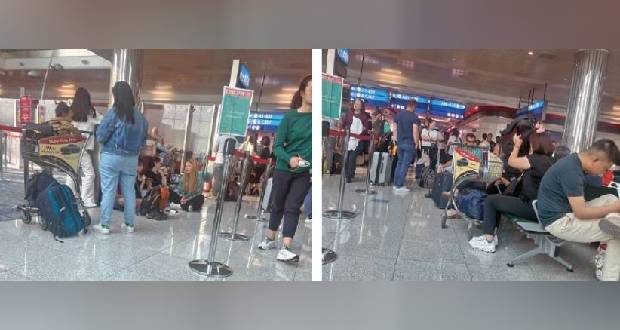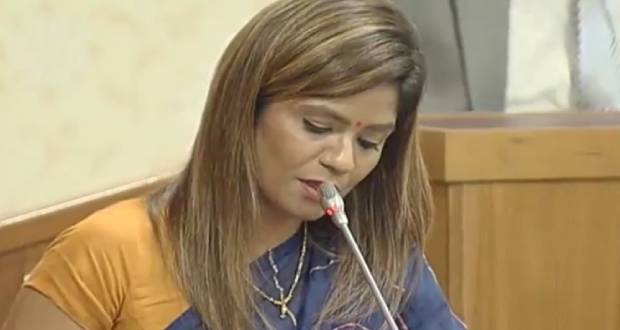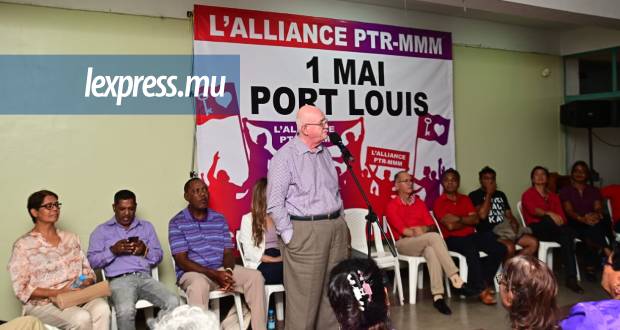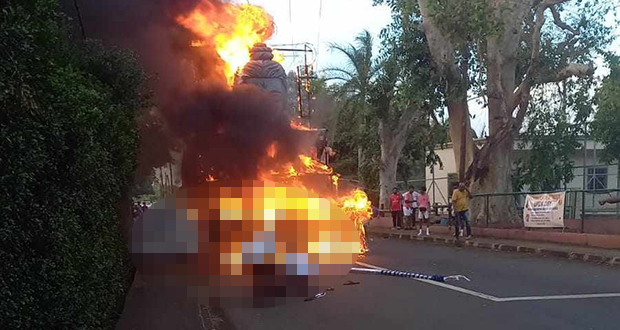Publicité
Whither the ML?


Just what does the future hold for Collendavelloo’s ML? Gone are the confident days just after the 2014 election when Collendavelloo could boast that his ambition was nothing less than replacing the MMM itself. A mere two years later, it’s struggling to stay afloat. Just where is it heading can best be answered by looking at what happened to previous groups that split off from the MMM. After all, this is not the first time that a breakaway faction harboured such ambitions while standing on the MSM’s shoulders.
In 1991, an alliance between the MMM and the MSM was elected. By 1993, the MMM was faced with a stark choice: continue in an alliance that had turned sour in the interim or leave the government in favour of an alliance with Labour. The question split the party down the middle: Paul Bérenger wanted to leave and Prem Nababsing wanted to stay. Encouraged by Anerood Jugnauth, Nababsing announced that he represented the ‘true’ MMM (in reality just its parliamentarians and ministers) and ejected Paul Bérenger as secretary general. The next day, something weird happened: the two factions hosted two rival ‘MMM’ meetings, the Nababsing group formally expelled Bérenger and his supporters and Bérenger and his backers simultaneously expelled Nababsing and his ilk. The question of which was the ‘real’ MMM was settled by the Supreme Court that issued an injunction banning Nababsing’s followers from using the MMM’s heart symbol or claiming to be MMM officials. In 1994, this decision was confirmed and Nababsing officially launched the RMM. This was the extent of the RMM’s legacy on the political scene and the party soon faded away after 1995 when it faced a defeat in a by-election and a 60-0 defeat along with its ally, the MSM, in a general election later that year. The RMM paid the price for the unpopularity of the MSM (a ‘collateral kick’ as Bérenger terms it now), as Nababsing did not shy away from admitting later on. After 1995, whatever was left of the party was swallowed and digested by the MSM.
Like the RMM, the ML too initially posed as an alternative to the MMM and, like the RMM, it too sought to borrow the MSM’s strength to realise its ambition. And just like the RMM, in two years, it too seems to be in terminal decline. But there is a key difference in the two cases: the RMM was not accused of scandal (it merely suffered from its association with the MSM) whereas the ML is chock-full of scandal and is proceeding to implement an unpopular privatisation of the Central Water Authority to boot. The ML today is a political liability all on its own.
So where is the ML heading? Most likely the same way the RMM did, gobbled up by the MSM and soon forgotten. Perhaps even before an election if the MMM and the MSM come together (‘remake-remake 2000’) and Collendavelloo’s head is demanded as the dowry. But, unlike the RMM, the ML won’t be seen as a relatively innocent victim of political fortune; it will be remembered to have contributed much to its own demise.
For more views and in-depth analysis of current issues, subscribe to Weekly for as little as Rs110 a month. Free delivery to your door. Contact us: touria.prayag@lexpress.mu






